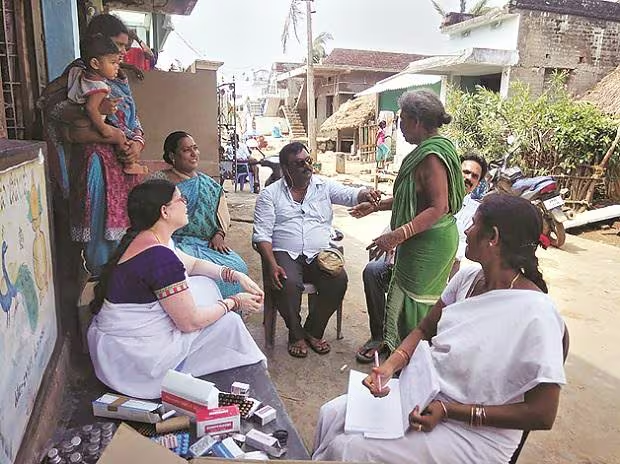
Rural Development of health Sectors
The healthcare system consists of a mix of public and private sectors. The provision of healthcare facilities is related to preventive, curative and primitive services. Networks of healthcare facilities at the primary, secondary and tertiary level are run mainly by the State Government. Tamil Nadu is totally committed to address the major concerns and to bridge the gap in the existing health infrastructure and to provide accessible, affordable and equitable healthcare of the highest order to the public. Considerable achievements have been made with regard to the core health indicators.
Tamil Nadu has emerged as a model State in India in not only providing “State of Art” health care services but also making
available excellent human resources and infrastructure. It has been a fore-runner in implementing Maternal, Child Care and Family
Welfare Service and has also pioneered programmes and activities for disease control. Like the entire nation our State’s health care
challenges are diverse and the endeavour of the department of Health and family Welfare is to provide equitable, affordable and quality
healthcare services to the people. In the shortfall of female health assistants in PHCs also Tamil Nadu shows a backward position.
Operation theatre facility is available only in 6% of PHCs functioning in Tamil Nadu, but Gujarat is having this facility in all its PHCs. On
the basis of rural population served, rural area covered, number of villages covered and radial distance covered, Tamil Nadu is not a
better placed state. The budget allocation in revenue budget is continuously falling and the fall is very much in Tamil Nadu in
comparison with other states except Odisha. All these force the people of Tamil Nadu to make use of private hospitals instead of public
healthcare sector (only about 40%).
Keywords: Health care sector, Child Care and Family Welfare Service, Health assistants, Rural population




